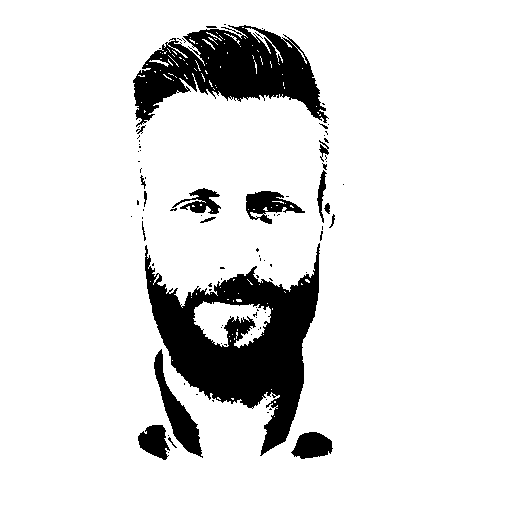You want to have structured meetings. You also want meetings to be effective and to fulfil the needs of the attendants. And last, but not least, you do not want them to drag on. But how do you do this? Simple: use the Lean Coffee format.
Holding a good meeting is not easy. As the organizer of a meeting, we are often only focused on getting our own goals met. We start the meeting, but then one of the attendees raises a point and before you know it, the whole meeting is taken into another direction. Half of the attendants mentally wander off, while one colleague keeps talking about some unimportant topic. Sounds familiar?
In their excellent book, The Trusted Advisor, the authors' advice is to always keep the agenda of the meeting open for discussion. At the start of the meeting the attendants can tell what is on their minds and the agenda can be altered. The advantage of this approach is that the attendant can get their concerns addressed, keeping them involved and engaged and the meeting effective.
This sounds great! But how do you do this? Lacking a predefined agenda, how do you keep the meeting shooting from one subject to the next? And if every attendant raises a concern, won’t the meeting go on for too long? You want everyone to be heard and to contribute to the meeting, but it may be that it is impossible to address every concern raised.
The answer lies in three things: clear structure, democratic agenda setting and ruthless time-boxing. And this is precisely what the Lean Coffee format provides. Lean Coffees are structured and agenda-less meetings. The concept started in Seattle, where a local group wanted to meet up and share knowledge about Lean techniques, and do so in a lightweight matter, without an organization of speakers, a chairman and other bloat. The Lean Coffee format gives us structure, democratic agenda setting and time-boxing and is very much suitable to use in almost every meeting.
Clear structure with a Personal Kanban board
The topics of the meeting are placed on a Personal Kanban board. This typical board visualizes a process of things to do, doing and done. Every topic follows this structure and goes from to do (when not yet talking about it), to doing (talking about it) and then to done.
Democratic Agenda setting with Dot Voting
Before the meeting starts, attendants write down the topics or concerns they want to address on sticky notes. The sticky notes are then collected and placed on the Kanban board. Everyone then shortly explains their concern. The next step is to order the items. This is done using the dot voting technique: every attendant distributes an agreed upon number of dots over the items he or she finds the most important. By adding up the dots we get an ordered list of items. This is the order the topics will be discussed in the meeting.
Time-boxing with Thumbs Up/Down
Now we need to make sure the meeting stays within the designated time-frame. We do this by time-boxing every topic. When the time-box is over, attendants must indicate whether they want to move to the next topic or to discuss the current topic for another time-box. They indicate this by giving a thumbs up (keep discussing), thumbs down (move to next) or thumbs horizontal (indifferent). Keep these time-boxes short (5 to 10 minutes). Follow this pattern until the allotted time for the meeting is almost reached. Stop there! It is not a big problem if not all topics have been discussed, indeed the most important topics were placed on top. Now take some time to recap and define concrete actions.
When using the Lean Coffee I am convinced your meetings will become more productive, efficient and fun!
